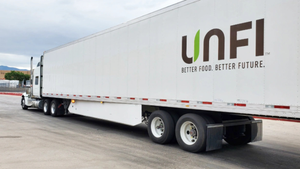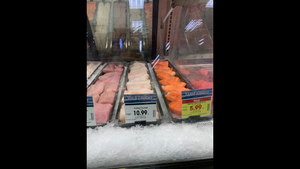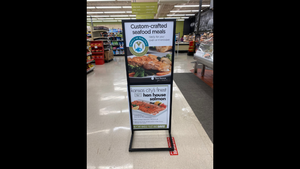Sponsored By
Private Label
Natural Grocers new Organic Soups
Private Label
Natural Grocers launches line of own brand organic soupsNatural Grocers launches line of own brand organic soups
All six varieties are certified organic, non-GMO and made with entirely plant-based, gluten- and dairy-free ingredients
Stay up-to-date on the latest food retail news and trends
Subscribe to free eNewsletters from Supermarket News












































